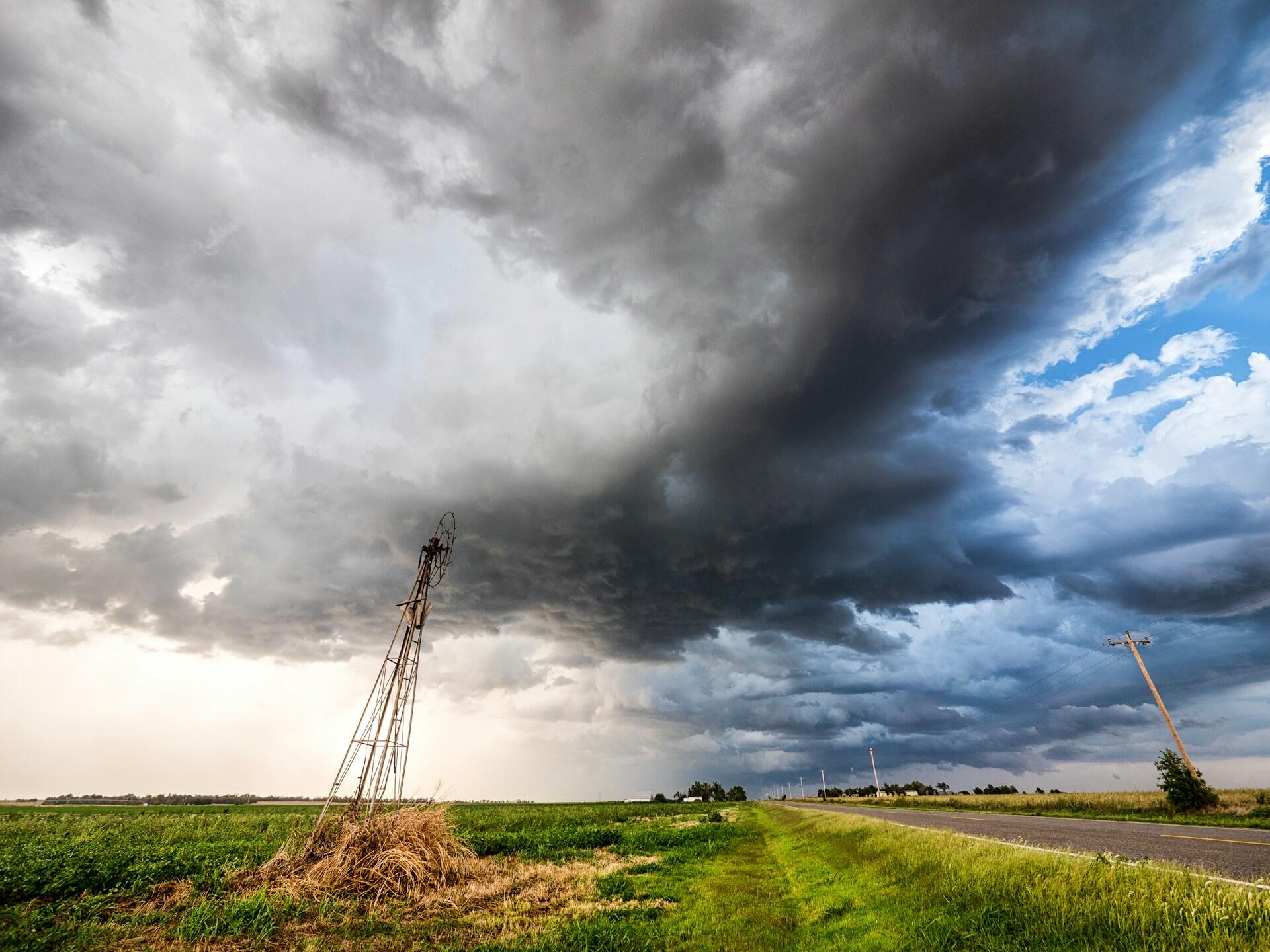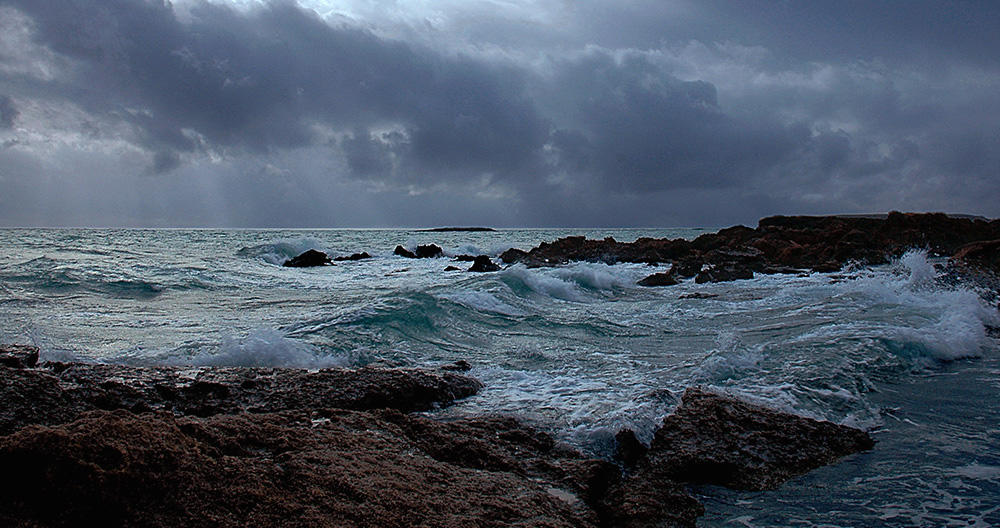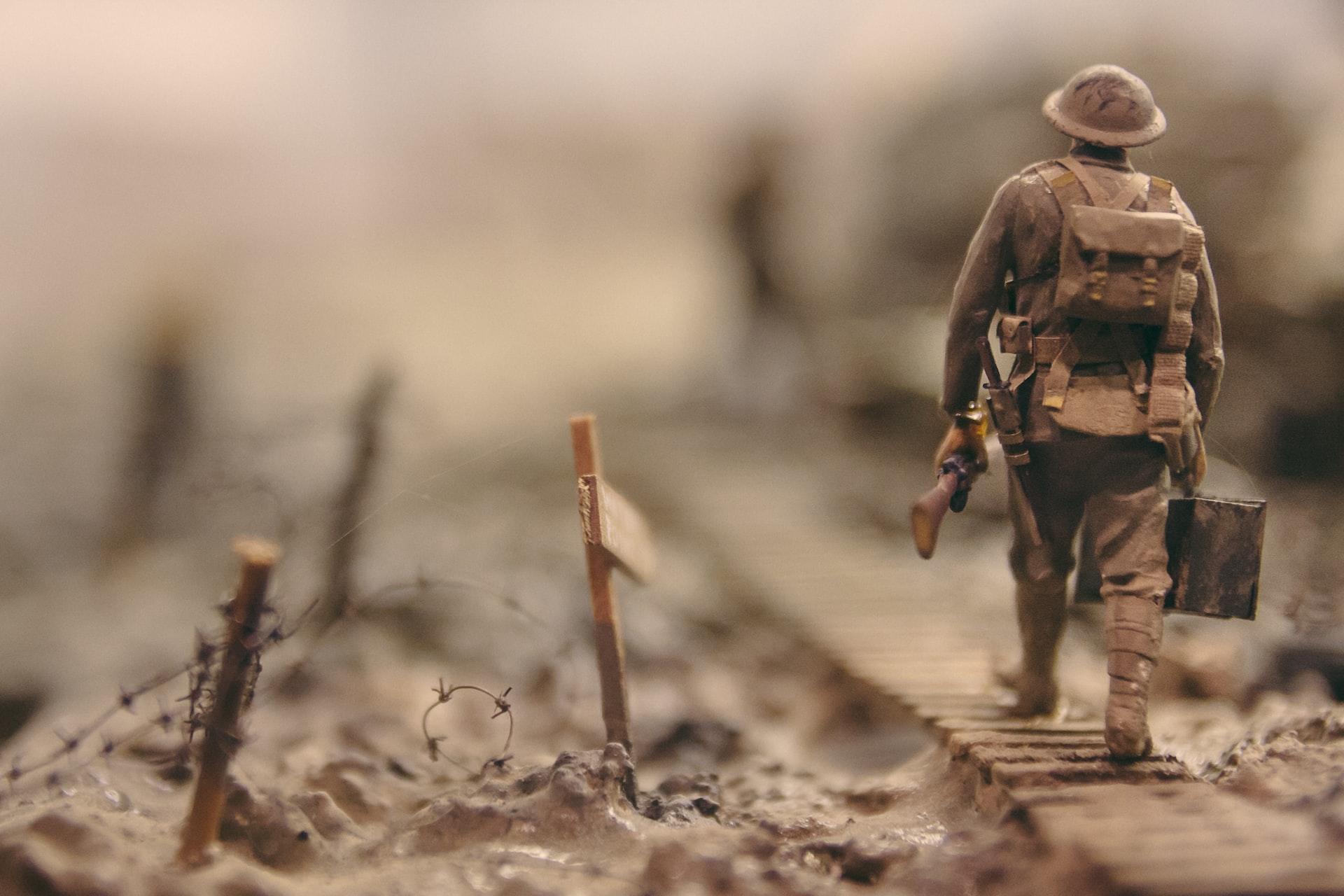There is a difference between simply reading a poem and truly understanding it. To understand a poem is to see beyond the lines, identifying and analysing the underlying techniques that create the most powerful reading and listening experience for its audience. This is important if you want to master the poems tested under the GCSE English syllabus comprehensively.
In this article, we will analyse the form, structure, and language of Storm on the Island, a powerful poem by Seamus Heaney, and explore effective ways to structure your answers in the GCSE English Literature exam.

🔥Detailed Analysis of Storm on the Island
As you go through this poem analysis, you'll realise that Heaney uses different writing techniques to convey his intended message to the readers.
To identify these techniques is to understand what poetic devices are and how they relate to the structure, form, and language of a poem.
Refers to a technique that the poet used to evoke a specific meaning, mood and tone.
Here are some examples:
Form devices: (dramatic monologue, blank verse)
Structural devices: (enjambment, stanza length)
Language devices (simile, metaphor, oxymoron, personification)
Sound devices (alliteration, assonance, aliteration)
📖 Structure and Form
How a poem is shaped and crafted plays a role in conveying the poem's messages and depicting the main subject of the poem through the lens of the poet.
- When we describe a poem's structure, we are referring to how a poem is organised.
- On the other hand, when we talk about a poem's form, we are describing the type of poem (the genre and layout).
Structure of Storm on the Island
Form of Storm on the Island
Based on these points, you can continue to expand and enrich your answers during the actual exams by connecting the significance of the structure and form of the poem with the poem's summary and theme analysis. To reinforce your essay when discussing the form and structure of the poem, you can try these prompts, using the example of the theme of nature:
📍Mention how the absence of a rhyme scheme in the structure symbolises nature's force, contrasting with the predictable rhythm.
📍Describe how the poet uses dramatic monologue to set the form of the poem in terms of location and characters to highlight the theme of nature (island, storm, wind, waves).

🌪 Language Techniques and Imagery
The beauty and versatility of the written words can be shown in many ways — especially through language techniques and imagery in a poem like Storm on the Island. When used aptly, they not only enrich the text, making it pleasant to read and listen to, but also help readers immerse themselves in different senses while picturing the descriptions in their minds
Here are some examples of language techniques used in this poem:
| Category | Device | Quotation / Example | Simple Significance |
|---|---|---|---|
| Language Devices | Simile | “Spits like a tame cat / Turned savage” | Familiar becomes dangerous; unpredictable storm. |
| Language Devices | Oxymoron | “Exploding comfortably” | Contradiction highlights unsettling normality of violence. |
| Language Devices | Paradox | “It is a huge nothing that we fear” | Suggests humans fear the invisible as much as the real. |
| Language Devices | Personification | “The wizened earth has never troubled us” | Nature appears alive, able to help or harm humans. |
| Language Devices | Colloquial Tone | “We are prepared” | Conversational, communal voice; shows confidence later undermined. |
Now, let's look at the imagery examples throughout this poem:
| Imagery Device | Quotation / Example | Significance |
|---|---|---|
| Imagery of War | “Blast”, “pummels”, “strafes”, “bombarded” | War-like verbs make the storm feel like a military attack. |
| Imagery of Unpredictable Violence | “Spits like a tame cat / Turned savage” | Nature shifts from safe to threatening; unpredictable power. |
| Imagery of Emptiness | “There are no trees, no natural shelter” | Shows exposure and vulnerability; humans are unprotected. |
| Imagery of Isolation | “Nor are there trees… might prove company” | Shows loneliness; humans cannot rely on nature for support. |
| Imagery of Fear | “It is a huge nothing that we fear” | Captures abstract, invisible nature of fear. |
🔊 Sound devices
Heaney really uses the full range of sound devices like consonance, assonance, alliteration and other sound patterns to create different tones and sound effects in the poem.
Consonance: a repeated consonant within words
Example: stacks, stooks
Assonance: repeated vowels within words
Example: mean, leaves
Alliteration: consecutive words in a sentence or phrase begin with the same consonant sound
Example: while wind dives
These poetic devices help create a noisy recreation of the wind and rain thrashing the bare island. Or of distant, angry shouts - to take the political view.

The 'comfortable' explosions of waves echo on the 'cliffs': the hard 'c' sound provides the sound of the attacking wave. Or an attack from a formerly trusted neighbour.
The poem ends with open, empty sounds, including a half-rhyme between 'air' and 'fear'. But read the poem in an Irish accent and you might be rewarded with a final full rhyme to close off the verse. Conversely, the empty-air bombardment stands for equally empty rhetoric on both sides.
👨🦱Seamus Heaney – The Poet Behind the Poem
"Storm on the Island" is a poem written by Seamus Heaney, an Irish poet, lecturer, translator, and playwright. The poem is part of Heaney's first major poetry collection, "Death of a Naturalist," which was published in 1966.
Did you know that Heaney was a professor at prestigious universities such as Harvard and Oxford? Among the academic and literary titles he held were Professor of Poetry at Oxford and Poet in Residence at Harvard.
Heaney is renowned for his depictions of rural life and nature, often exploring themes of identity, community, and the connection between humans and the natural world, owing to his rural upbringing. His father was a farmer and cattle dealer, while his mother had relatives working at a local linen mill.
During the 1960s, he witnessed the political conflicts in Northern Ireland, known as The Troubles, and observed the physical and psychological impact on the local community. Many researchers have noted parallels between the storm in this poem and a political allegory, with the storm functioning as a metaphor for the events in Northern Ireland.

✍️ Exam Questions & How to Address a Poem in GCSE Exams
First, it's important to look at how students are usually tested for this poem under the GCSE AQA examination board and familiarise yourself with the paper format before we go into the steps to answer the questions
Altogether, there are 15 poems, as shown below:
| No. | Poem | Poet |
|---|---|---|
| 1 | Bayonet Charge | Ted Hughes |
| 2 | The Charge of the Light Brigade | Alfred, Lord Tennyson |
| 3 | Checking Out Me History | John Agard |
| 4 | The Emigrée | Carol Rumens |
| 5 | Exposure | Wilfred Owen |
| 6 | Kamikaze | Beatrice Garland |
| 7 | London | William Blake |
| 8 | My Last Duchess | Robert Browning |
| 9 | Ozymandias | Percy Bysshe Shelley |
| 10 | Poppies | Jane Weir |
| 11 | The Prelude | William Wordsworth |
| 12 | Remains | Simon Armitage |
| 13 | Storm on the Island | Seamus Heaney |
| 14 | Tissue | Imtiaz Dharker |
| 15 | War Photographer | Carol Ann Duffy |
Here are some question answering strategies to help you sail through the poetry section of your GCSE English Literature Paper.
Identify the keywords of the question
- Find out what the focus and command words are
- Example: Compare how the poets present the theme of human vulnerability
Identify the key quotations that match the question
- Based on the question, come up with a few quotations that match the context
- Example: Concise quotations that bring out the right meaning
Identify the form, structure & language
- Explain why the poem's form, structure, and language reflect the theme
- Example: The poet uses imagery to echo the hardships faced by the island community
🆚How to Compare Storm on the Island in the Exam
After you have identified the three steps highlighted above, it's time to plan your essay to have a comprehensive comparison between the two poems. Be sure to include the right comparison (similarities and differences), examples, and analysis in your final answers.

Sample question: Compare the ways the poets used nature to present their thoughts and feelings in Storm on the Island by Heaney and another poem in "Power and Conflict."
Let's walk through the key elements to structure your essay answer:
Firstly, the key words that you should note down here are: compare, poets, nature, thoughts and feelings. This means you have to know and list down the historical background and context of both poets while they were writing the poems.
✔️For example, the timeline and historical events that took place in his country.
Secondly, the examples of nature description in both poems must be strong to have a persuasive analysis in your argument.
✔️Sample answer: If Heaney uses language devices to describe the unpredictability and violent nature of the storm as a mirror of his feelings towards the physical and psychological tension caused by The Troubles in Ireland, author Y uses this technique to highlight his strong feelings towards.........
Thirdly, make sure you have a clear structure for each paragraph.
✔️ Introduction is to state the two poems and give a basic overview of how you plan to compare them.
✔️ The second paragraph usually details the similarities of the poems (could be form, structure, or language). For example, both poets used nature imagery to describe their emotions towards a conflict. (Use keywords like "Similarly, also for a smooth transition)
✔️ The third paragraph usually details the differences between the poems. (Use keywords like On the Other hand, In contrast)
✔️The final paragraph is usually a solid comparison which offers a balanced overview of the poems.
💪Strengthen Your Essays with a Superprof Tutor
While there is a revision cheat sheet to guide your poetry exam preparations as we advance, you might want to consider supplementing your learning with an experienced English tutor.
☑️The points cover the themes, form, structure and language
☑️Comparison starts from the beginning to the end
☑️Analysis of points must always be supported with key quotations
☑️Points must reflect the focus of the question
Our recommendation? Narrow the gap between your results and your potential in English poetry studies with the personalised support of a Superprof tutor. After your first few lessons, you'll realise just how effective tailored expert guidance can be in bringing the meanings of a poem to light.
By working closely with one of the private English teachers over on Superprof, you're not just getting ready for the poetry section; you're developing an analytical approach that enhances the quality of your essays.
Not only that, most Superprof tutors offer their first lesson for free too! That's a huge thing for students and parents in the long run.
Just head to the Superprof homepage to start browsing a wide selection of English tutors' profiles to get started.

We hope this article has provided you with a comprehensive analysis of Storm on the Island by Seamus Heaney. As you study the language, form, and structure of this poem, you'll develop a better understanding of the poet's intention when writing, and also its linguistic elements.

























cool feedback
made me understand the reading thx this helped :)